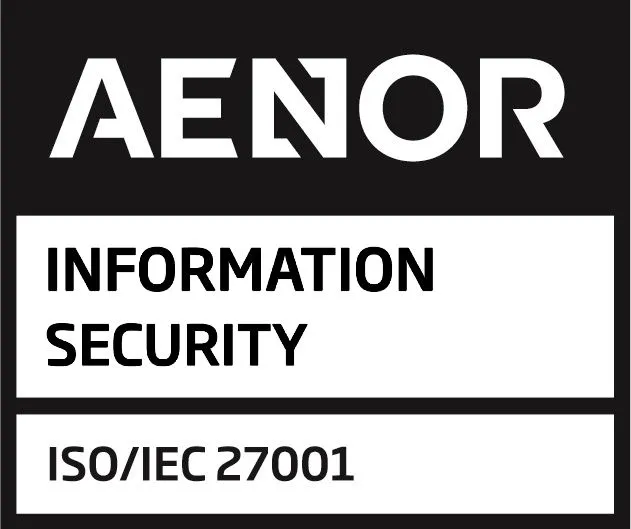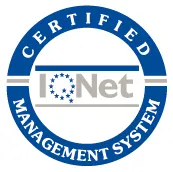
Designing a consistent and meaningful employee experience starts with a deep understanding of every touchpoint throughout their lifecycle. This is where the employee journey map comes into play, a visual and strategic tool that allows employee experience managers to identify, analyze, and improve each stage an employee goes through within an organization.
Table of Contents
Unlike the general concept of the employee journey, which simply describes the employee’s path from entry to exit, the employee journey map focuses on how to connect and optimize those stages to reduce friction, improve satisfaction, and boost retention. In this article, you’ll learn exactly what it is, how to create one step by step, and why it can be a key ally in transforming employee experience management.
What is an employee journey map?
The employee journey map is a visual representation that outlines the different stages, touchpoints, and emotions experienced by a person throughout their career within an organization. Unlike the general employee journey, which chronologically outlines the path, the map offers a strategic overview to detect improvement areas and drive data-informed, people-centered decisions.
This tool is especially valuable for employee experience managers as it enables a holistic view of how employees interact with the organization, from the first recruitment contact to offboarding or internal transitions. The map highlights key moments and their impact on motivation, engagement, and performance.
A well-crafted Employee Journey Map not only documents stages; it translates subjective perceptions into actionable insights, enabling HR teams to design more effective interventions that elevate the employee experience at every stage.
Why connecting the stages of the employee journey is key
One of the most common mistakes organizations make is treating the employee experience as a series of disconnected moments. However, the real effectiveness of an employee experience strategy lies in how well these stages are connected. A lack of continuity can lead to frustration, disengagement, and emotional disconnection from the company.
Think of the employee journey as a train: if stations aren’t properly connected, the journey becomes confusing, uncomfortable, and forgettable. The journey typically includes five major stages:
- Attraction and recruitment
- Onboarding and integration
- Development and growth
- Development and growth
- Offboarding and alumni
When these phases don’t flow naturally, friction arises. For example:
- Great onboarding loses value without a clear path to professional growth.
- Recognition without development opportunities may feel hollow.
- A poorly handled exit can overshadow years of positive experiences, hurting employer branding.
The employee journey map serves as a master plan, helping employee experience managers visualize the flow of these stages and how they interrelate. This enables them to build personalized journeys, maintain coherent narratives, and strengthen emotional connection with the organization at every step.

How to design an employee journey map step by step
Do you know how a new employee feels during their first week? Or what does a long-time team member think when feedback is absent for months? These are key questions for building a meaningful employee journey map. More than a diagram, it’s a strategic tool that helps employee experience managers and HR specialists visualize the entire employee lifecycle, understand their emotions, and make people-focused decisions.
Here’s a practical guide to designing one step by step:
1. Gather real insights
Start by listening. Use climate surveys, interviews, focus groups, or spontaneous feedback to learn what employees experience and feel at each stage. Without this data, the map becomes mere guesswork.
2. Identify key stages
Tailor the stages to your organization’s context. Common phases include:
- Attraction and recruitment
- Onboarding
- First months
- Professional development
- Recognition
- Transition or exit
Define goals, common emotions, and potential pain points for each.
3. Map the touchpoints
Make all interactions visible, from the recruiter’s initial email to welcome kits and one-on-one meetings. Include both formal and informal moments.
4. Visualize the map
Use tools like Miro, Smaply, or Excel to create a clear, dynamic map showing sequence, emotions, and friction points. Visual clarity aids internal storytelling and decision-making.
5. Act, share, and adjust
Don’t let the map gather dust. Share it with leaders, align improvement actions, and monitor impact. Update it regularly: today’s journey may not be tomorrow’s.
Practical example: A tech company found that young hires felt lost after a fully digital onboarding without mentors. They added a buddy program to the map, increasing engagement by 30% in the first three months.
Well-designed onboarding: The first step to a successful map
Onboarding is the first real experience an employee has with a company’s internal culture. In many cases, it determines whether someone feels like part of the team, or starts job hunting during their first month. That’s why onboarding holds a strategic place in any well-designed employee journey map and deserves special attention.
Great onboarding isn’t just about sending documents or having a welcome Zoom call. It’s a carefully crafted experience that guides new hires, reduces uncertainty, and builds emotional connection from day one. Key elements include:
- Personalized welcome
- Clear access to tools and platforms
- Introduction to culture and values
- Clear objectives for the first weeks
- Structured social interactions
To achieve this, many organizations turn to digital tools that offer scalable and connected onboarding experiences. One such solution is Vip Connect, a platform that enables custom onboarding paths, integrates key resources, and fosters connection from the start through digital dynamics and interactive content.
Incorporating strong onboarding as the first step of the employee map improves early engagement, reduces early turnover, and sets the stage for a positive and productive journey.
Designing an employee journey map is more than a visual exercise; it’s a transformative tool for employee experience managers looking to deliver consistent, human, and effective experiences at every touchpoint.
By visualizing stages, connecting key moments, and addressing friction points, organizations can craft an internal narrative that strengthens culture, boosts loyalty, and deepens engagement. A well-built map not only prevents common mistakes but also uncovers opportunities to innovate the employee experience from onboarding to exit.
If you’re starting this journey or ready to elevate your strategy, begin with your onboarding. Tools like Vip Connect can be the first big step toward building a journey aligned with what your people truly need.
Remember: a connected experience is one that leaves a lasting impact.
New to Vip District? Contact us and find out what our platform has to offer!








